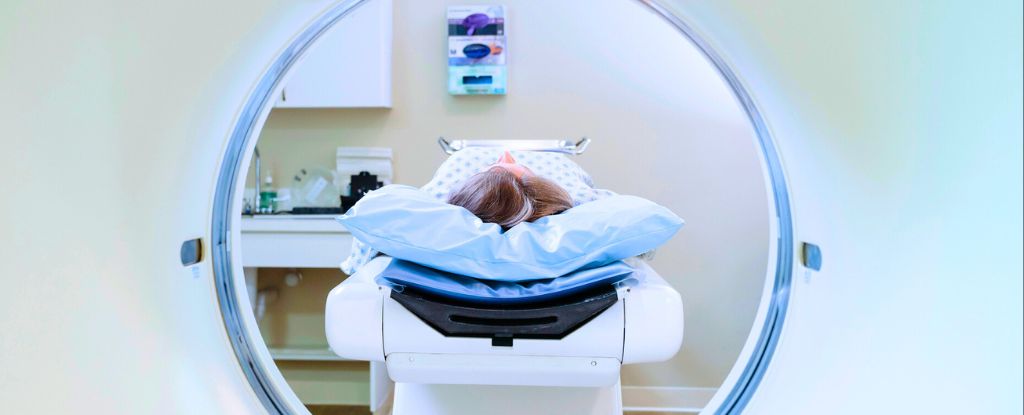China is starting onn an ambitious plan to make its Tiangong space station better. They aim to increase the station’s operational capabilities. Tiangong, China’s orbital outpost, has been fully operational since November 2022, following the addition of the Mengtian science module. The space station, which features a three-module T-shape design, is currently functioning in low Earth orbit. Li Ming, chairman of the Science and Technology Committee of the China Academy of Space Technology (CAST), announced the future expansion plans during a recent session at the International Astronautical Congress in Milan.
He stated, “In the future, we will try to upgrade our facilities.” The first phase of upgrades involves modifying the Tianhe core module to accommodate additional modules. Li explained the objective is to transition from the current T-shape configuration to a new cross shape, referred to as a Double-T shape. This change is expected to help with the addition of more scientific experiment racks and larger extravehicular projects, thereby broadening the scope of research activities aboard Tiangong.
Development of New Spacecraft
The upgrades also include the development of the Mengzhou spacecraft, designed to support missions to the Moon and the Tiangong space station. Li indicated that this spacecraft will enable support for three astronauts during lunar missions and seven for operations on the space station.
Testing for the Mengzhou spacecraft commenced in 2020, with its first full mission anticipated around 2027, utilising a new variant of the Long March 10 rocket. This rocket will have two configurations, one tailored for low Earth orbit and another for lunar exploration.
International Collaboration and Future Prospects
Li stated that the final upgrade will introduce the Chinese Space Station Telescope (CSST), also known as Xuntian. This Hubble-class telescope is expected to enhance global astronomy initiatives, featuring a large primary mirror and an extensive field of view. It will allow for detailed mapping of the night sky during its projected operational lifespan of ten years.
China is also keen on expanding international collaboration within its space programme. “Now we are ready to welcome international astronauts to join the Chinese space station programme, based on the principle of mutual respect, mutual benefit, inclusiveness, and equality,” Li said.





